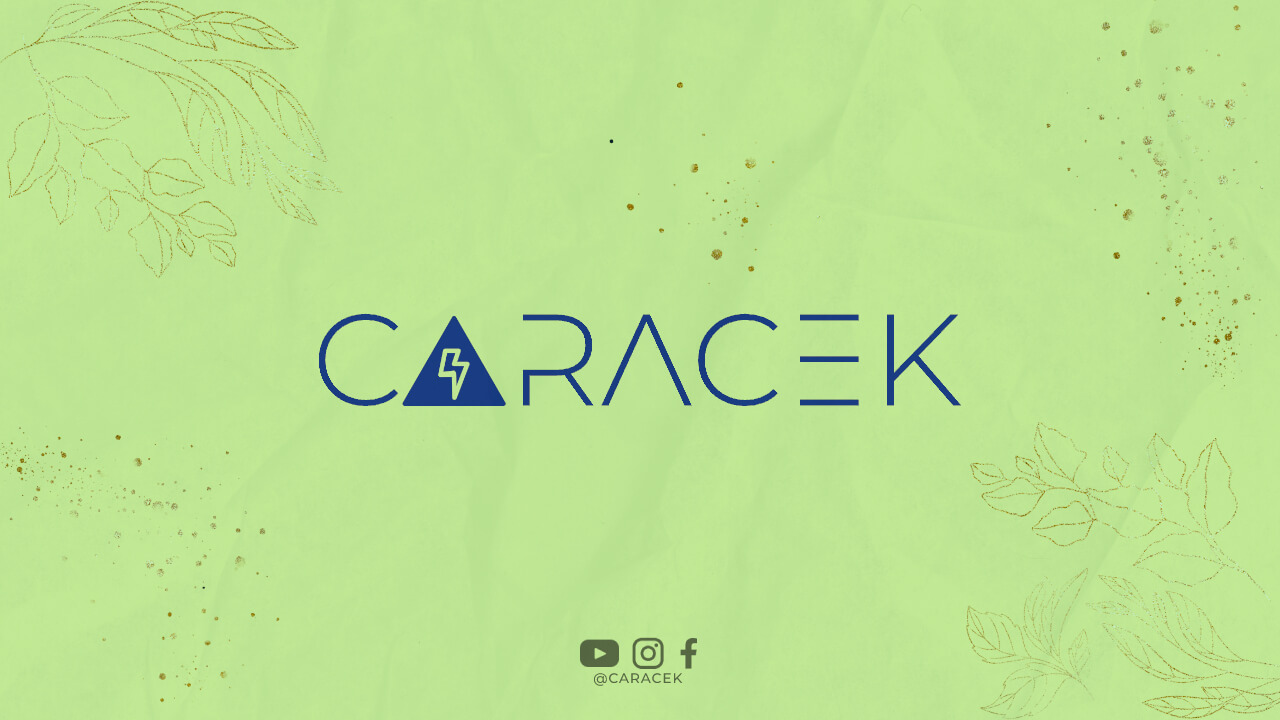Introduction
The past, present, and future continuous tense are essential verb tenses in the Indonesian language. Understanding these tenses is crucial for effective communication and expressing actions that occur over a specific period. In this article, we will delve into the definitions, usage, and formation of each tense, enabling you to master their application effortlessly.
Past Continuous Tense
The past continuous tense, or “Bentuk Lampau Berkelanjutan” in Indonesian, describes ongoing actions that happened in the past or interrupted actions in progress. This tense is constructed using the verb “sedang” or “lagi” combined with the base form of the verb and the suffix “-kan” for transitive verbs. For example:
1. Saya sedang membaca buku malam itu. (I was reading a book that night.)
2. Mereka lagi makan ketika telepon berdering. (They were eating when the phone rang.)
Present Continuous Tense
The present continuous tense, or “Bentuk Sekarang Berkelanjutan” in Indonesian, represents actions happening at the present moment or plans for the future. To form this tense, we use the verb “sedang” or “lagi” combined with the base form of the verb. Examples include:
1. Saya sedang makan siang sekarang. (I am having lunch right now.)
2. Mereka lagi belajar bahasa Inggris. (They are studying English.)
Future Continuous Tense
The future continuous tense, or “Bentuk Akan Berkelanjutan” in Indonesian, expresses actions that will be in progress at a specific time in the future. This tense is formed using the auxiliary verb “akan” combined with the verb “sedang” or “lagi” and the base form of the verb. Examples include:
1. Saya akan sedang membaca buku besok pukul 8 malam. (I will be reading a book tomorrow at 8 PM.)
2. Mereka akan lagi memasak makan malam saat kita datang. (They will be cooking dinner when we arrive.)
Usage and Examples
Now that we have covered the formation of each continuous tense, let’s explore their usage in different contexts.
Past Continuous Tense:
The past continuous tense is used to describe:
1. Ongoing actions in the past.
Contoh: Ketika saya masuk ke rumah, ibu saya sedang menonton televisi. (When I entered the house, my mother was watching TV.)
2. Interrupted actions in progress.
Contoh: Mereka lagi bermain sepak bola ketika hujan turun. (They were playing soccer when it started raining.)
Present Continuous Tense:
The present continuous tense is used to describe:
1. Actions happening at the present moment.
Contoh: Dia sedang membaca buku di perpustakaan. (He is reading a book in the library.)
2. Future plans or actions.
Contoh: Kami lagi pergi ke Jakarta besok. (We are going to Jakarta tomorrow.)
Future Continuous Tense:
The future continuous tense is used to describe:
1. Actions that will be in progress at a specific time in the future.
Contoh: Pada pukul 9 malam besok, dia akan sedang menonton film di bioskop. (Tomorrow at 9 PM, she will be watching a movie at the cinema.)
2. Actions that will happen before a certain event in the future.
Contoh: Mereka akan lagi mengerjakan presentasi sebelum rapat dimulai. (They will be working on the presentation before the meeting starts.)
Conclusion
Mastering the past, present, and future continuous tenses is essential for effective communication and expressing actions in Indonesian. By understanding their formation and usage, you can confidently navigate various contexts and accurately convey ongoing or interrupted actions. Practice using these tenses in your daily conversations and written expressions to enhance your language skills and fluency.

